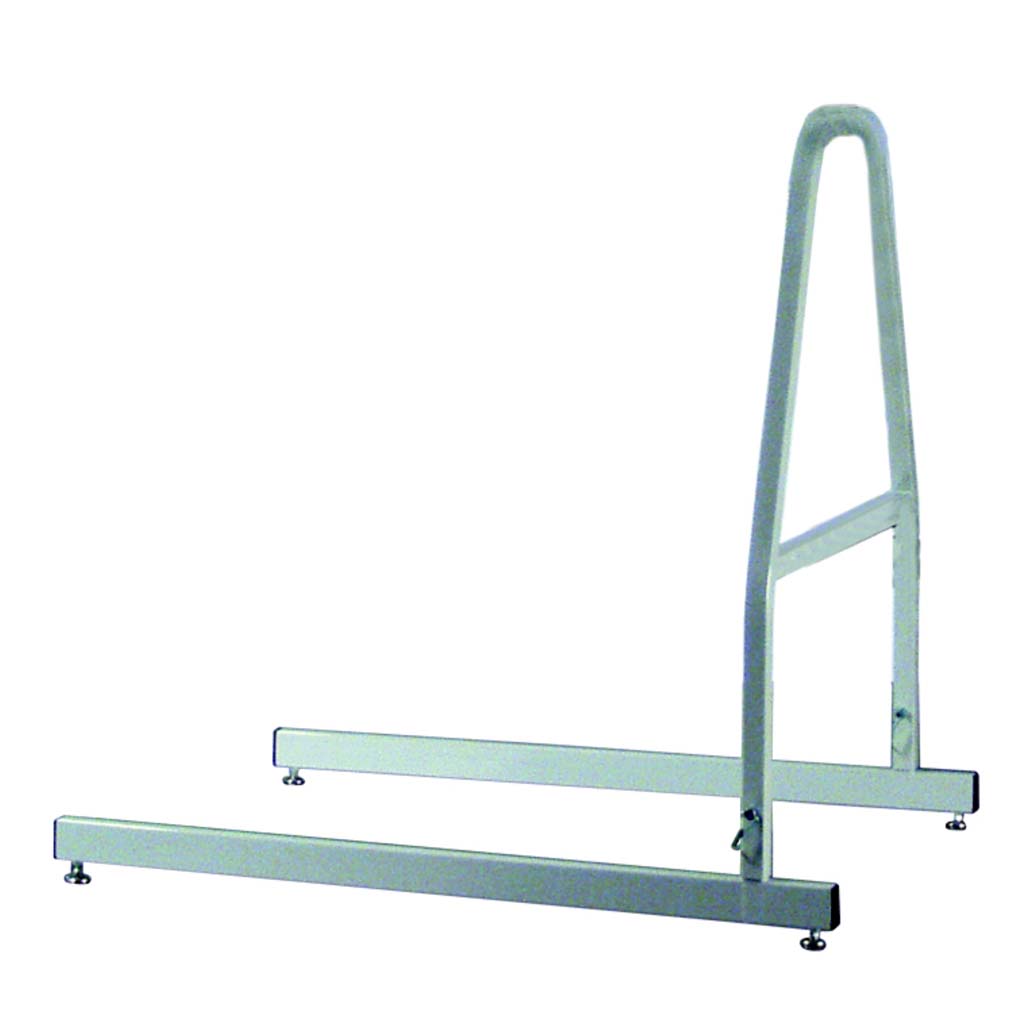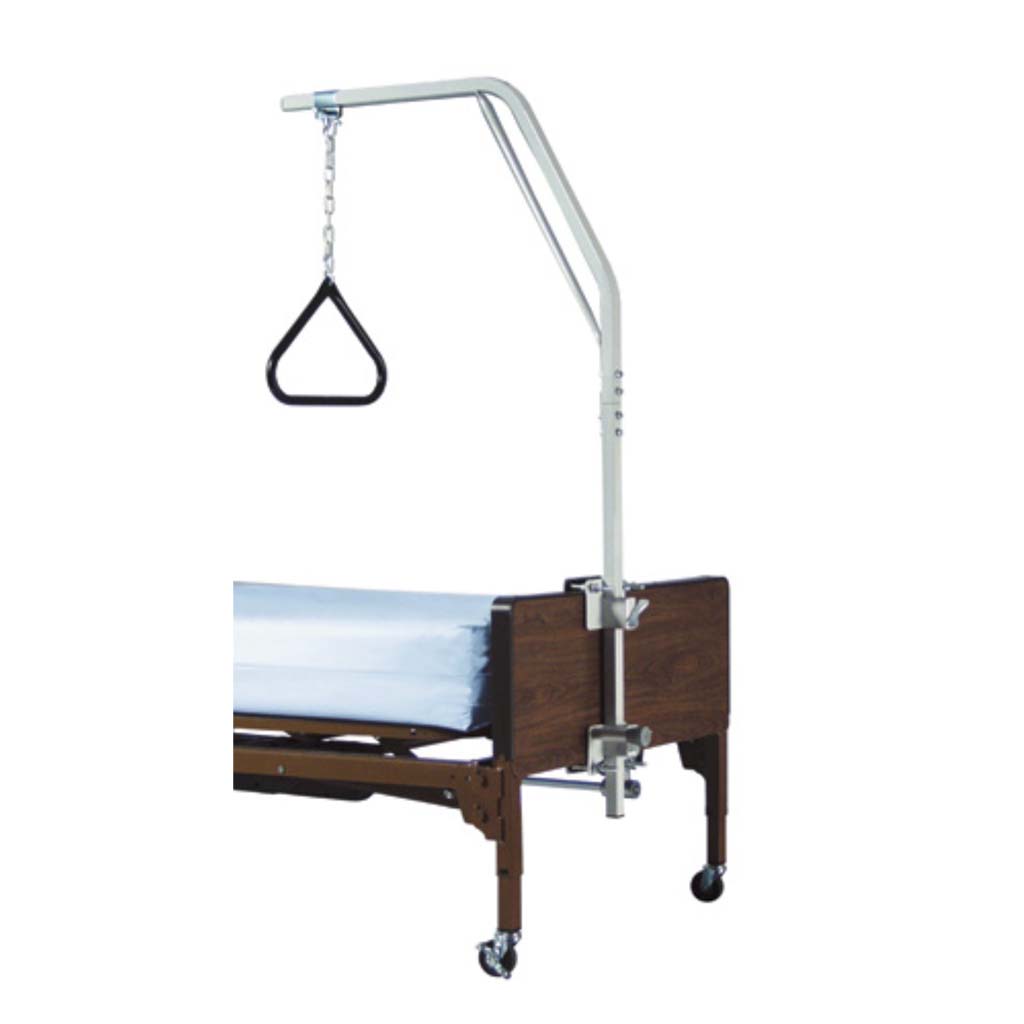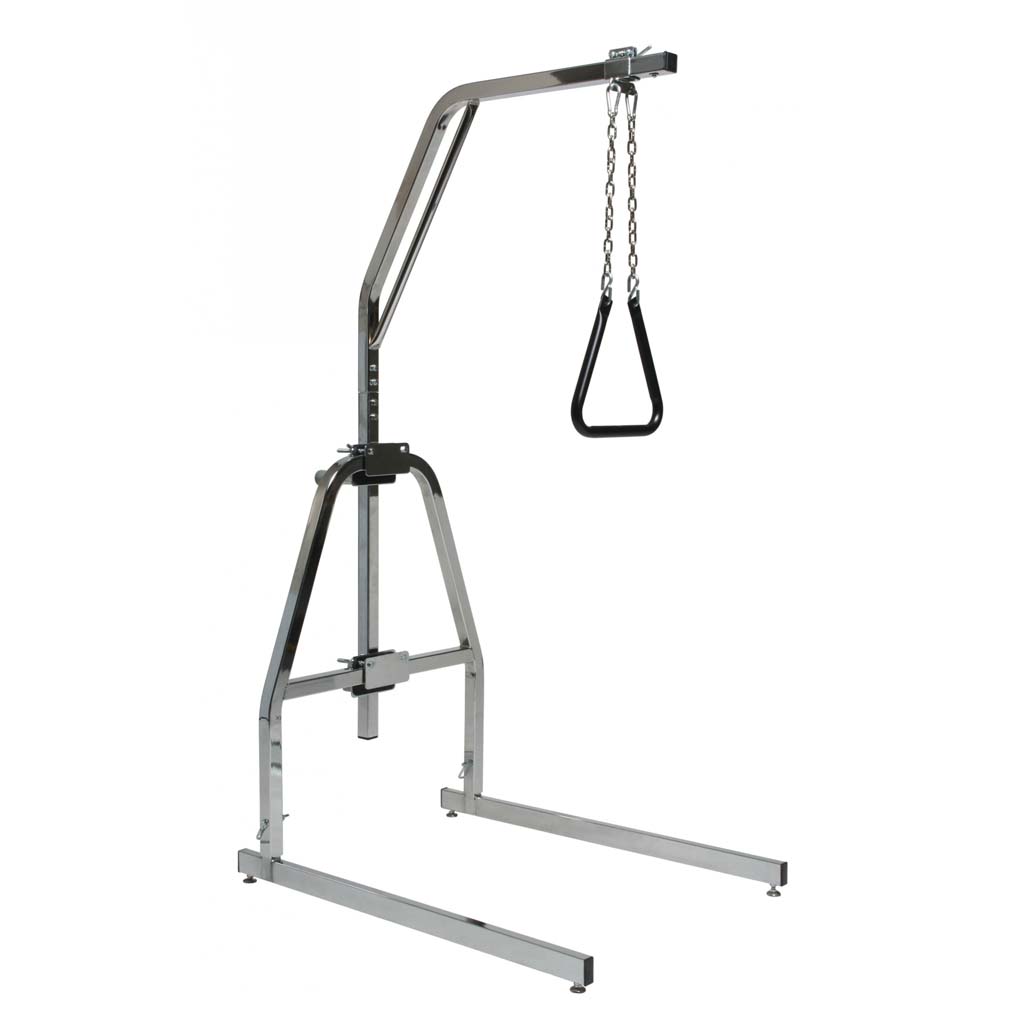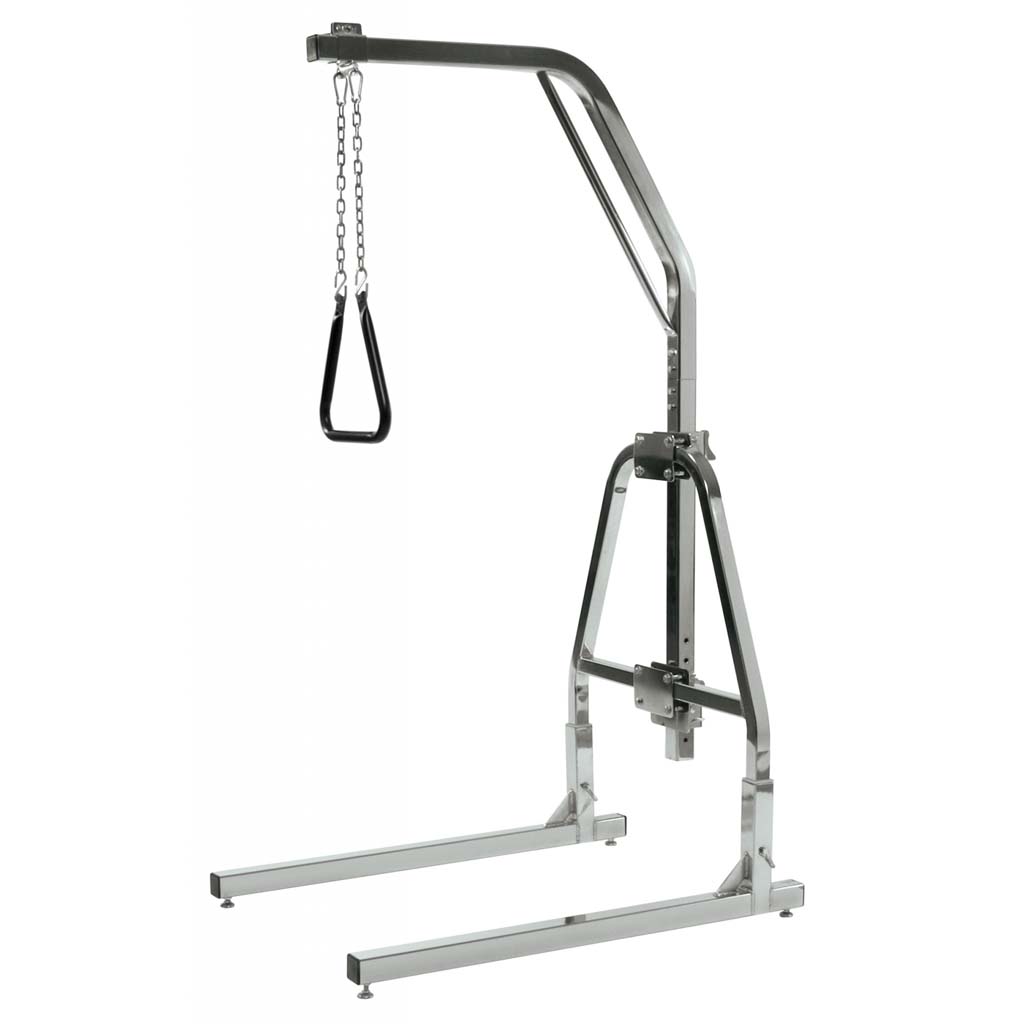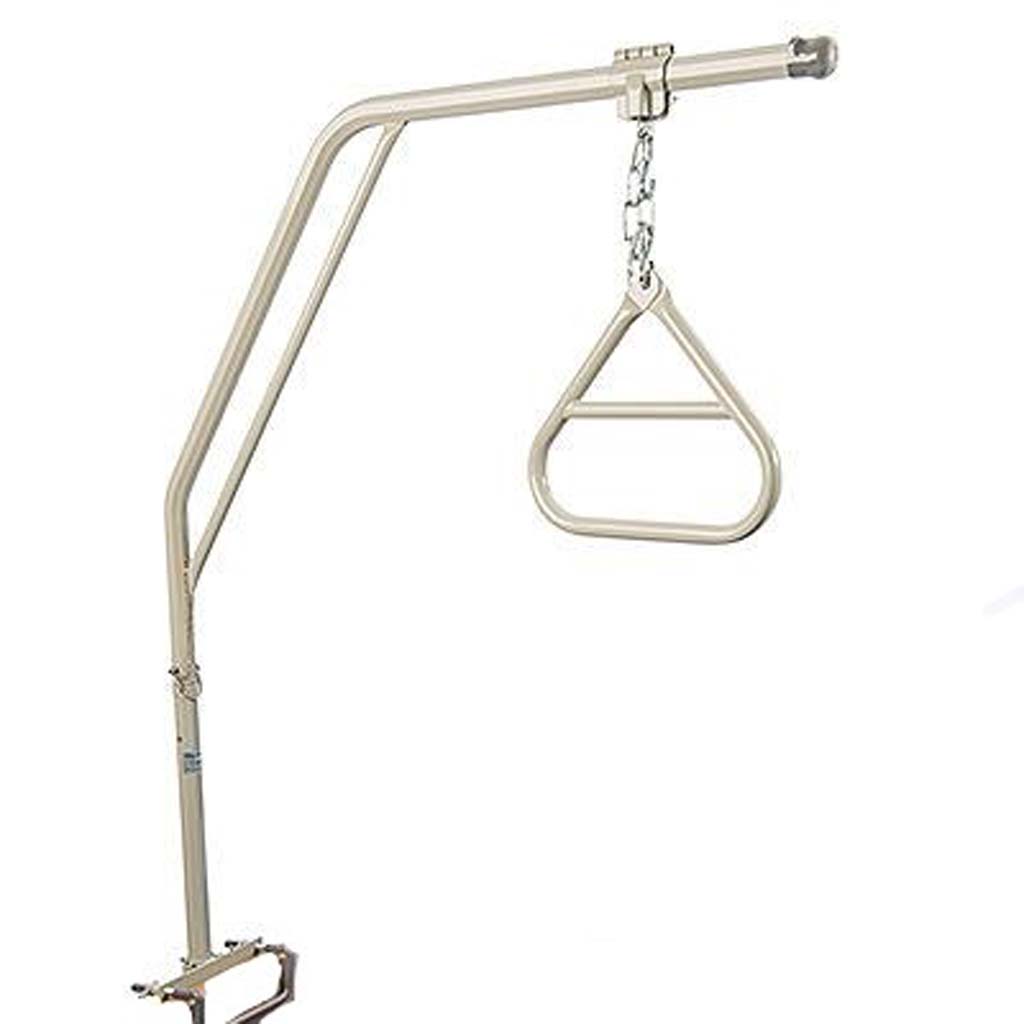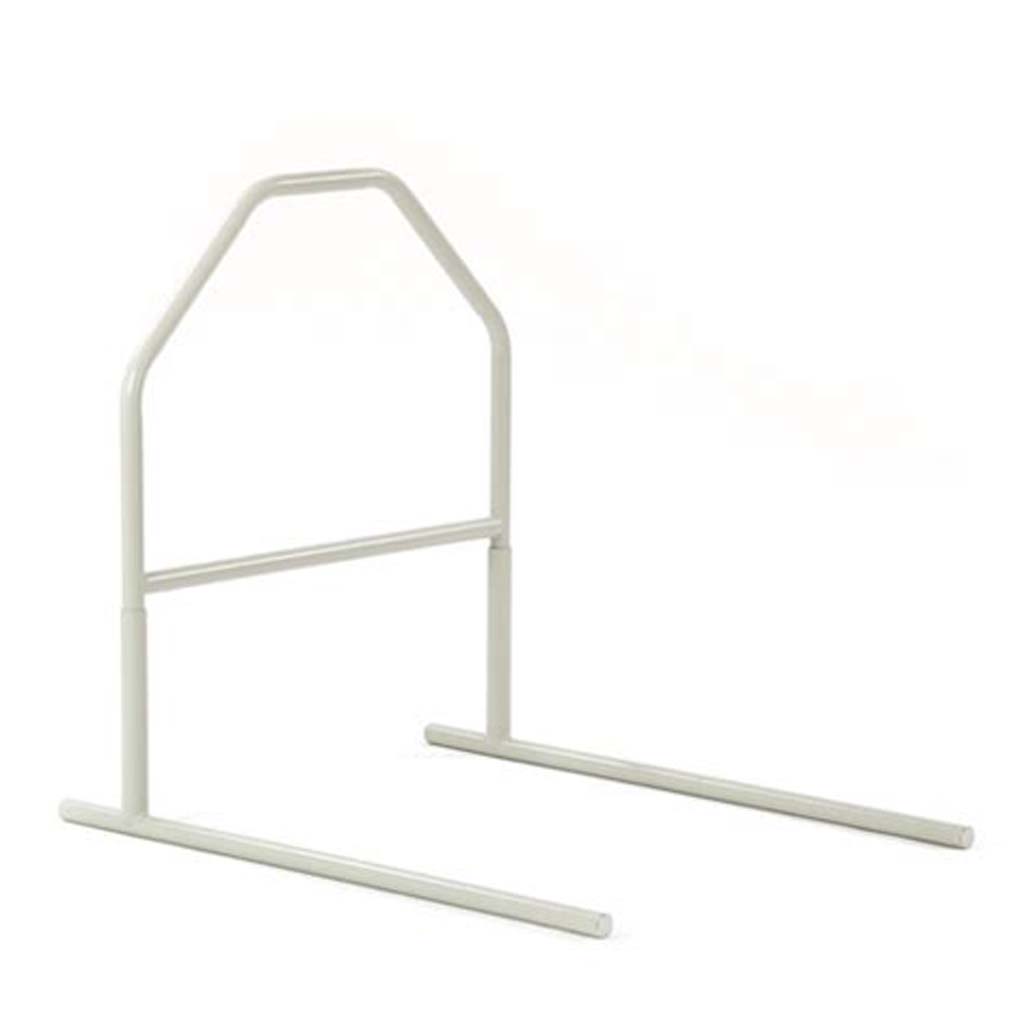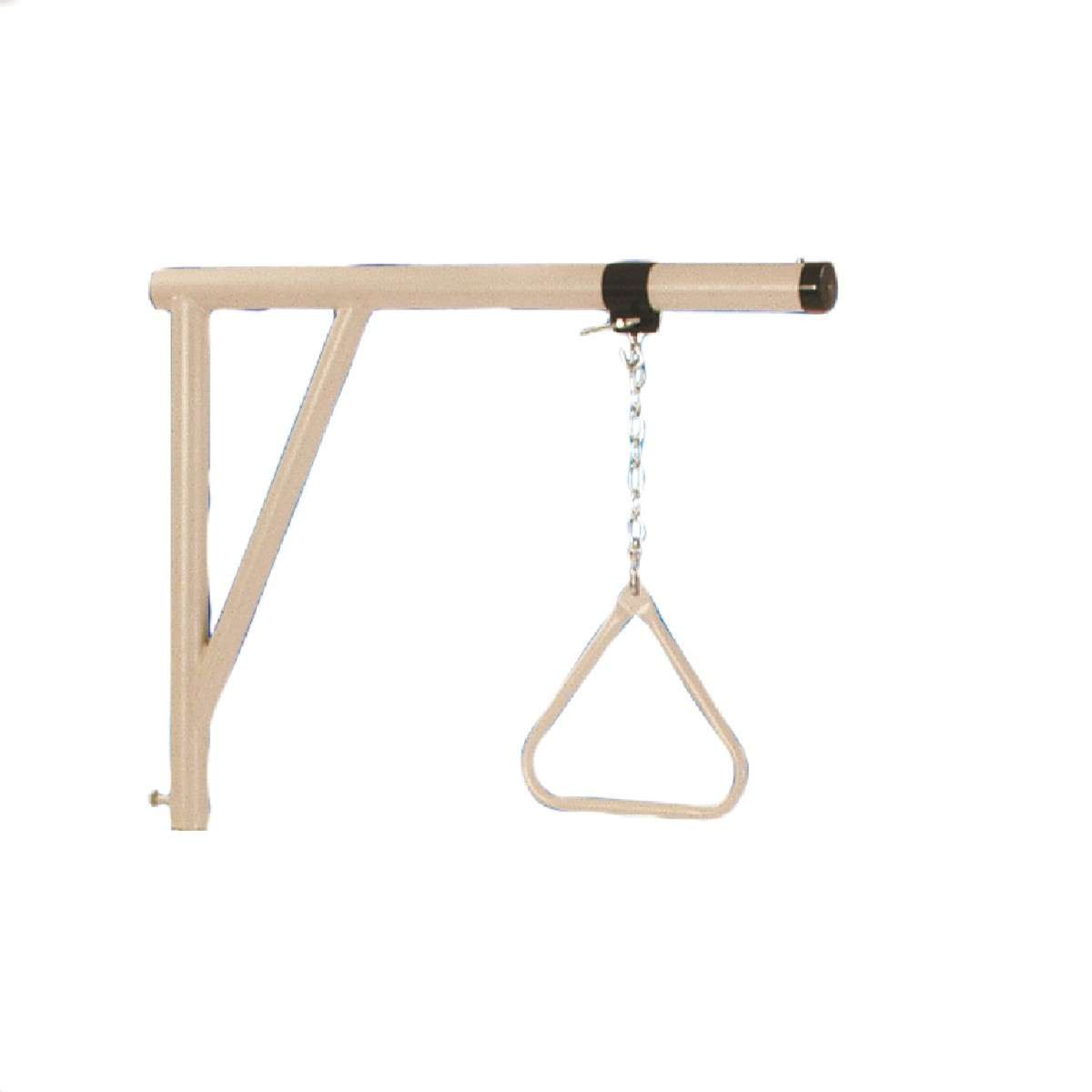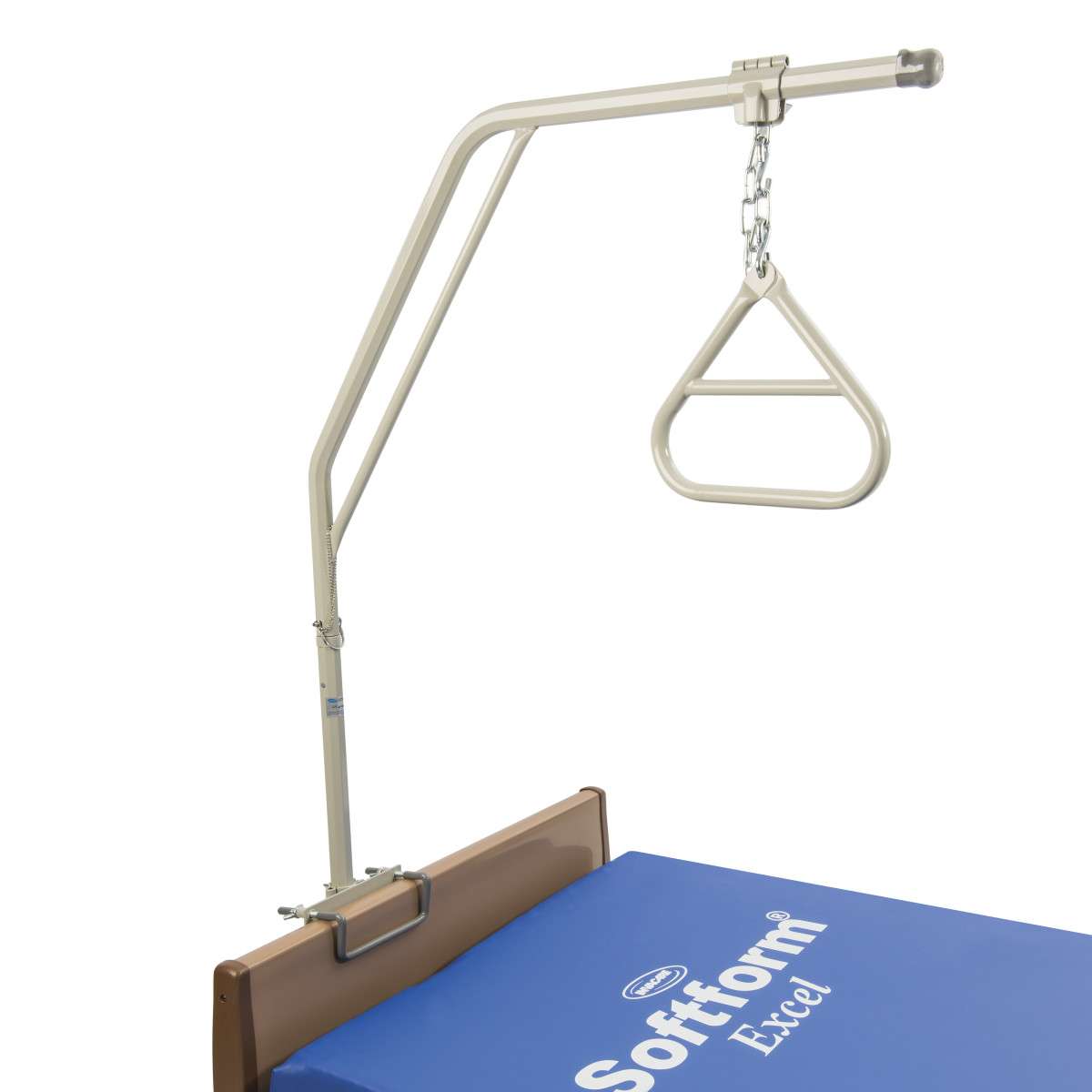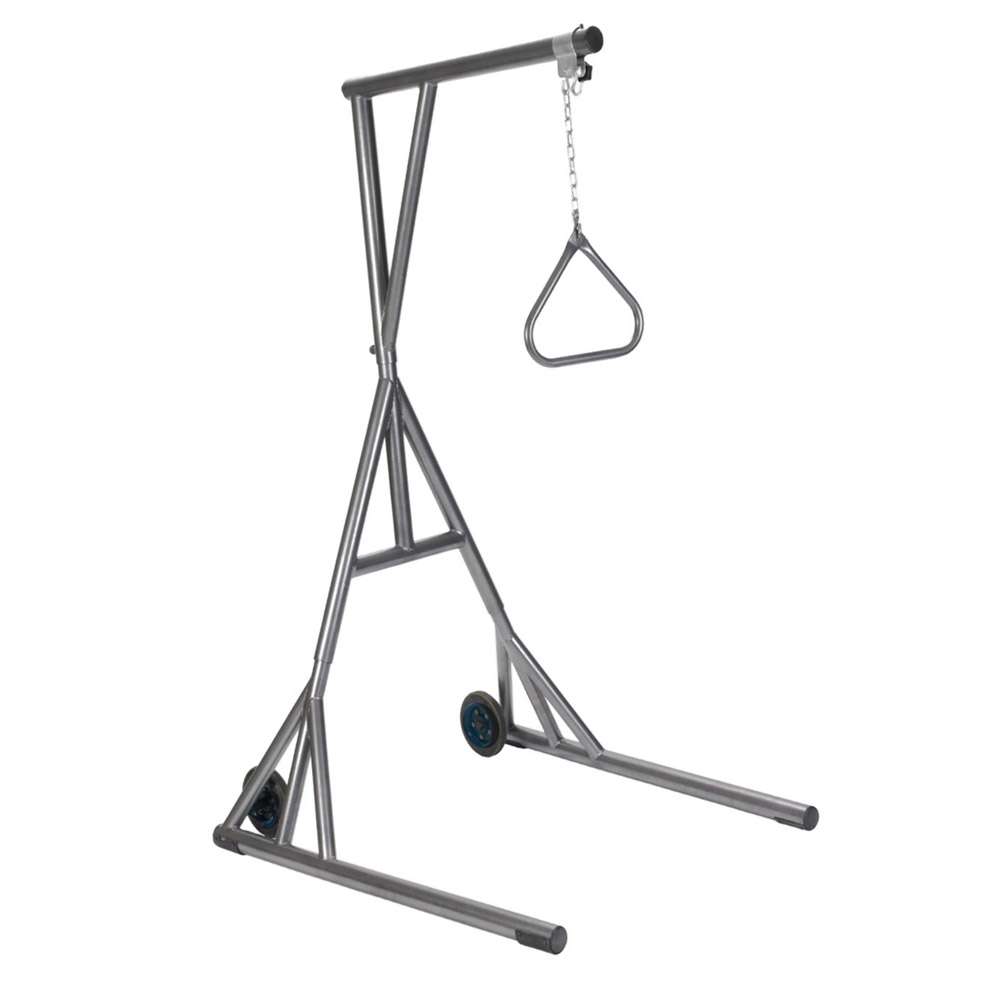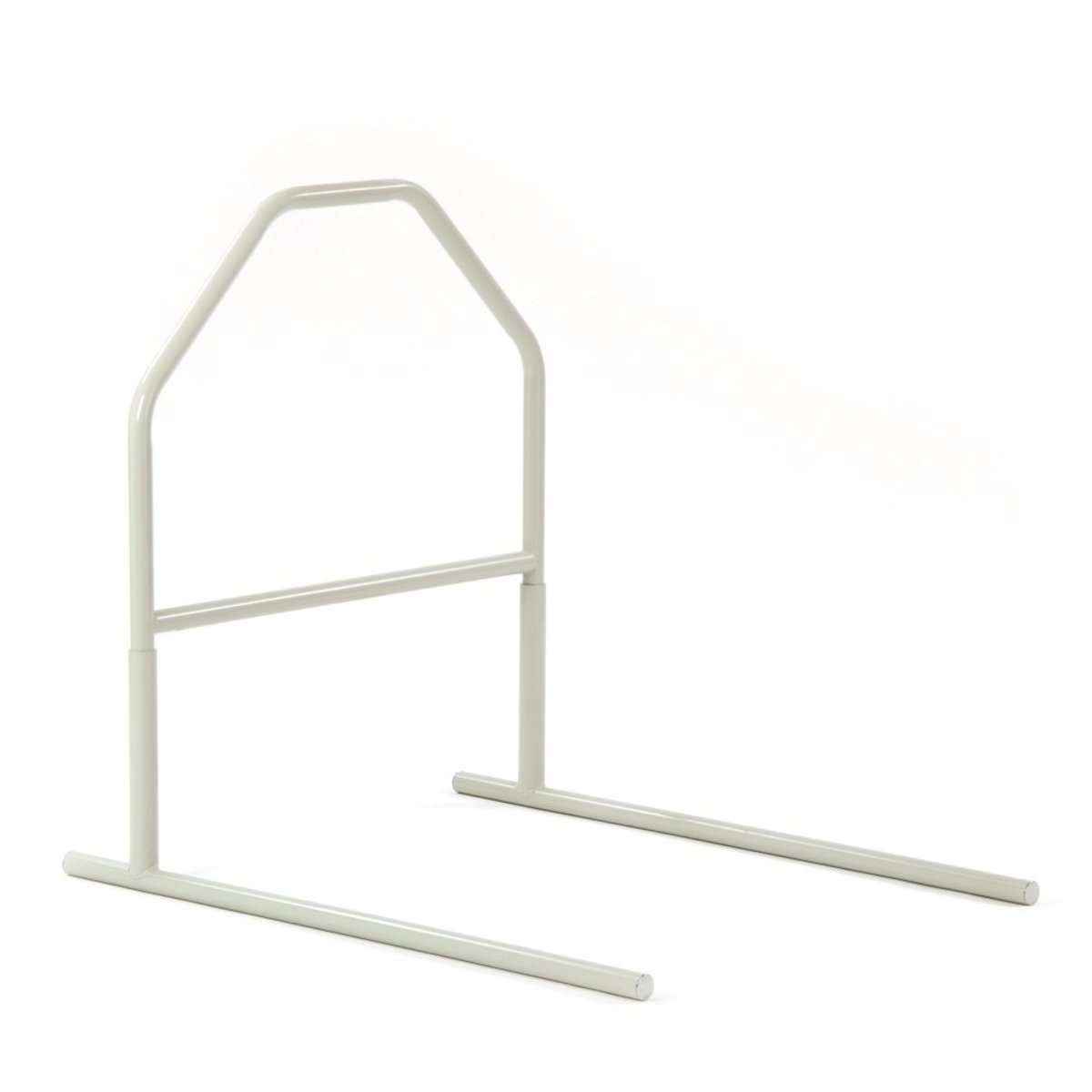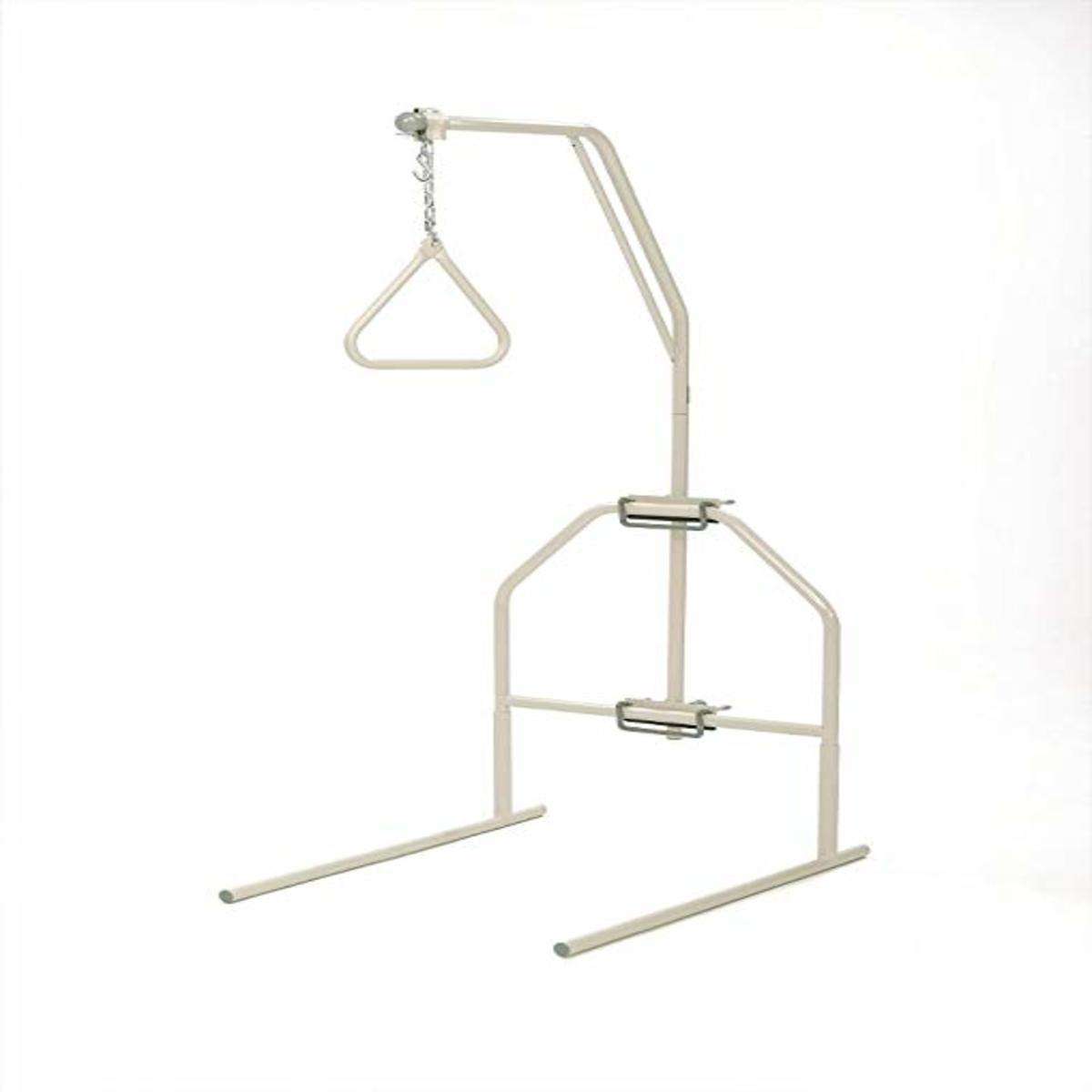Medical trapeze systems solve the problem of limited mobility by allowing patients to move themselves in bed, daily movements and overall well being. These are life changing, allowing users to adjust their position which is key to comfort and pressure sore prevention. The ease of use and mobility these trapeze systems offer can make a big difference to patients and caregivers alike. Designed for hospital beds, these systems are compatible and effective in a medical environment.
The benefits of medical trapeze systems are:
- More Mobility: Allowing users to move themselves in bed, these systems promote independence and reduce the need for caregiver assistance. Adjustable bed and adjustable height features add to mobility and independence.
- More Comfort: By making it easy to adjust, trapezes reduce discomfort from prolonged bed rest and promote better rest and recovery.
- Safety and Stability: Robust construction and secure attachments mean safe use for patients with varying levels of mobility. Legs and weight capacity add to stability and safety.
- Versatile: Suitable for use in hospitals, nursing homes and home care, these trapeze systems fit into any care environment. Free standing and floor stand trapeze systems offer flexibility.
Browse our medical trapeze systems, each designed for specific needs:
- Wall Mounted Trapeze Systems (Drive Medical, Invacare): For permanent setups, these are a sturdy and reliable option for hospital or home use where space allows. These often come with mounting brackets and wall surface protection.
- Floor Standing Trapeze Systems (Graham Field, Pro Basics): For setups that need flexibility, these are easy to move and adjust, convenient and adaptable. Features like overhead trapeze and trapeze bar add to their functionality.
- Bed Mounted Trapeze Systems (McKesson, MedaCure): For easy attachment to hospital beds, these are a compact solution for patients that need quick and secure access to mobility aids. The medical heavy duty trapeze in these systems is robust and easy to set up.
Choosing the right medical trapeze depends on the patient’s mobility level, the care setting and space available. Our team is here to help you make an informed decision so you choose a trapeze system that suits your needs and the care experience.
Browse our medical trapeze systems for hospital beds and start your journey to better care and independence today. With our quality and customer focus you’ll find a trapeze system that meets and beats your expectations. If you have any questions or need more help our team is here to assist you.
Contact us at 1-585-805-7600 for any queries.
Unsure about which trapeze equipment is right?
Don’t gamble on patient care – Explore additional resources
Guide to Standing Assist Devices and Patient Transferring Solutions
Best Sellers in Medical Trapeze for Hospital Bed
Compare the key features of these top medical trapeze products to find the one that best suits your needs. Each trapeze offers unique benefits and specifications to help with patient mobility and comfort.
| Feature | Invacare Trapeze Bar with Trapeze | MedaCure Floor Standing Bariatric Trapeze | ProBasics Bariatric Trapeze | Drive Medical Trapeze Standard Brown Steel |
|---|---|---|---|---|
| Weight Capacity | 168 lbs | 500 lbs | 650 lbs | Not specified |
| Assembly | Tool-less | Easy | Required tools | Tool-less |
| Material | Steel | Aluminum | Steel | Steel |
| Adjustability | Locking pin | Adjustable chain | Adjustable chain | Height, length, position |
| Additional Features | Horizontal bar | Raised rear casters, rubber-coated safeguards | Swivel boom, overhead triangle grip | Fits most major manufacturers |
| Price | $215 | $460 | $740 | $120 |
What is a medical trapeze and how does it work?
A medical trapeze is a mobility aid designed to help patients change positions, transfer in and out of bed, and improve overall independence. It typically consists of a horizontal bar or triangle that is mounted above the bed, allowing users to grasp it and pull themselves up or reposition themselves.
Who can benefit from using a medical trapeze?
Medical trapezes are beneficial for individuals with limited mobility, including those recovering from surgery, patients with chronic illnesses, or people with physical disabilities. They assist in repositioning and transferring, which can enhance comfort and safety.
What should I consider when choosing a medical trapeze?
When selecting a medical trapeze, consider factors such as weight capacity, ease of assembly, material durability, adjustability, and additional features like grips or casters. It’s also important to ensure that the trapeze is compatible with your bed frame or floor stand.
How do I install a medical trapeze?
Installation varies depending on the model. Some trapezes are designed for tool-less assembly, while others may require tools for setup. Follow the manufacturer’s instructions carefully for mounting the trapeze securely to ensure safety and stability.
Can a medical trapeze be used with any hospital bed?
Most medical trapezes are designed to be compatible with standard hospital beds, but it’s important to check the specifications of both the trapeze and the bed to ensure proper fit. Some trapezes are designed for specific types of bed frames or floor stands.
How do I maintain and clean a medical trapeze?
Regular cleaning and maintenance are essential to ensure the longevity of the trapeze. Use a mild detergent and water to clean the surfaces, avoiding harsh chemicals that could damage the materials. Inspect the trapeze periodically for any signs of wear or damage.
Are there any safety considerations when using a medical trapeze?
Yes, safety is crucial. Ensure that the trapeze is securely mounted and that all components are in good working condition. Users should be aware of their own strength and limitations to avoid overexertion. If using a floor-standing trapeze, make sure it is positioned on a stable surface to prevent tipping.
How do I choose the right medical trapeze for hospital bed use?
When selecting a medical trapeze for hospital bed, consider weight capacity, mounting type (bed‑mounted or floor‑mount), adjustability, and grip design. For heavier patients, the Invacare Bariatric Trapeze offers reinforced support. For compact home spaces, the Drive Medical Trapeze Bar for Bed is easy to install and offers secure overhead support.
Can trapeze medical equipment help with patient independence?
Absolutely. Mounting a medical trapeze like the Graham Field Medical Trapeze above the bed allows users to reposition themselves, sit up, or assist with transfers without needing full assistance—enhancing both comfort and autonomy.
What are the benefits of a free-standing trapeze medical equipment option?
A free‑standing trapeze like the Drive Medical Free‑Standing Trapeze doesn’t require bed modification and provides flexible positioning. It’s ideal for users who move beds frequently or use multiple resting surfaces, making it versatile and portable.
How does a floor‑mount trapeze compare to a bed‑mount trapeze?
The ProBasics Floor‑Mount Trapeze is anchored to the floor rather than the bed frame. This setup offers greater stability and transfer leverage—particularly useful in home care settings with bariatric or heavy-duty assistance needs.
Is trapeze medical equipment safe for home use?
Yes, trapeze medical equipment is safe when used properly. Always follow installation instructions, verify that mounting hardware is secure, and confirm the device’s weight limit. Models like the Graham Field Trapeze and Invacare Bariatric Trapeze meet industry safety standards for stability and patient support.
What is a medical trapeze for hospital bed used for?
A medical trapeze for hospital bed is designed to help patients safely reposition themselves while in bed. It provides a secure overhead grip that allows users to sit up, shift positions, or assist with transfers to a wheelchair or bedside commode. It’s especially beneficial for individuals with limited mobility or those recovering from surgery.
Is a medical trapeze for hospital bed compatible with all types of hospital beds?
Not all trapezes are universally compatible. Some medical trapeze for hospital bed models are bed-mounted and must be secured to specific bed frames, while others are free-standing and offer more flexibility. Always check the compatibility with your hospital bed model before purchasing.
Does a medical trapeze for hospital bed require professional installation?
Most medical trapeze for hospital bed systems are designed for easy, tool-free assembly and do not require professional installation. However, proper setup is essential for safety. Be sure to follow the manufacturer’s instructions closely to ensure the trapeze is stable and securely mounted.
Lumex Floor Stand Only – Compatible Support Base for Trapeze Units, Durable Steel Construction
Drive Medical Free-Standing Trapeze
Unsure about which trapeze equipment is right?
Don’t gamble on patient care – Explore additional resources
Guide to Standing Assist Devices and Patient Transferring Solutions








